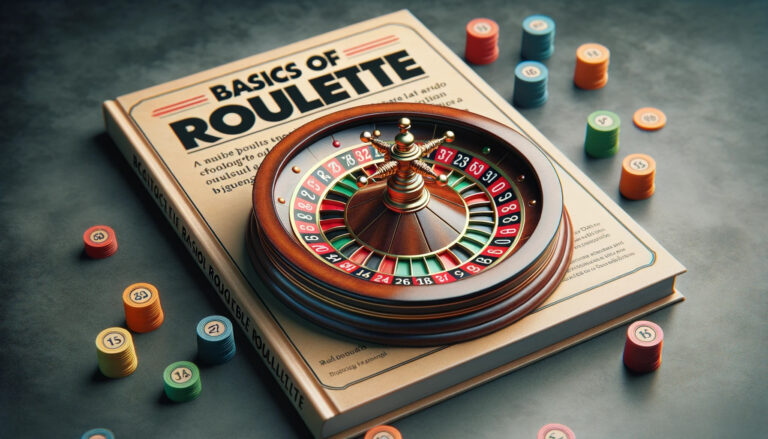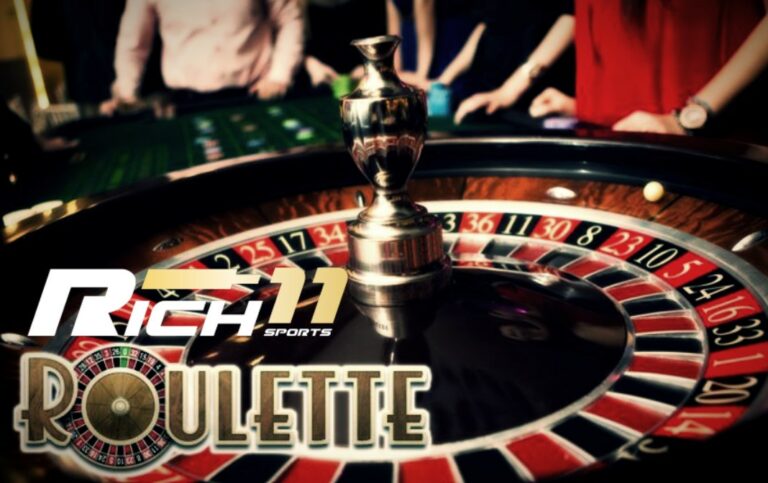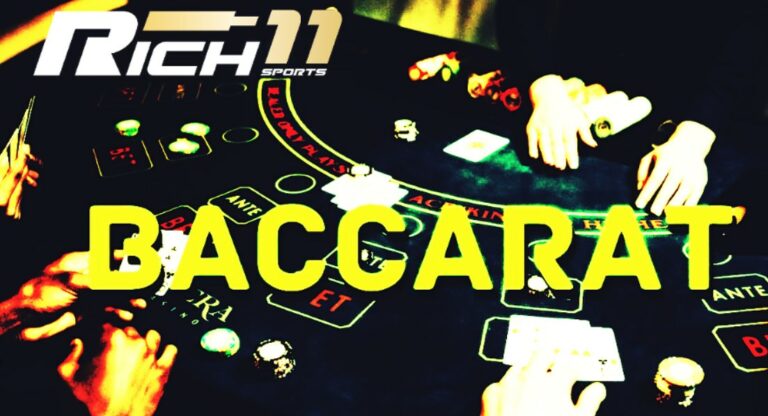James Bond was known for his love of the sophisticated casino game, baccarat, which attracts the wealthiest high rollers. In this intense game, players must place blind bets on either the Player or the Banker, aiming to have the stronger hand.
While baccarat requires courage, you can quickly learn the rules and make wise and secure bets.
Understanding the Principles
To succeed in baccarat or any other game, it is crucial to familiarize yourself with the rules and apply them during gameplay.
Recognizing the Card Dealing Process
Baccarat is played with two hands, each receiving two cards from a shoe containing typically eight decks. One hand is known as the Player hand, and the other is the Banker hand. Participants can place bets on either hand, predicting which one will be closer to nine.
The deal progresses clockwise around the table, with players having the option to pass the shoe. The player dealing two cards will pass them to the table banker, who is usually a casino employee responsible for managing the chips. The Player hand is typically dealt first, followed by the Banker hand.
The number of cards discarded (burned) between deals for each hand is often determined by the first card revealed after shuffling the shoe. If the initial card is the 2 of Hearts, the dealer will burn two cards between each hand until the shoe is reshuffled.
Understanding Card Scoring Rules
In baccarat, card values are tallied to determine the score of each hand, ranging from 0 to 9. The suit is disregarded, and Aces count as one, while face cards are worth ten. Cards 2 to 9 carry their respective face values. Only the ones place digit is considered in the final result, disregarding the tens place. Face cards hold no significant value.
For instance, if the player’s hand has the numbers 5 and 7, the hand’s worth is 2, as the total of the cards is 12. Similar to Blackjack, there is no “busting” or going over the desired score in baccarat.
In case of a tie, the hand is voided, bets are refunded, and the hand is dealt again.
Recognizing the Impact of Hits on the Player
Both the Player hand and the Banker hand receive a third card under specific circumstances:
- If either hand totals 8 or 9, no additional cards are drawn. This supersedes any previous rules regarding hits.
- If the Player’s hand totals 5 or less, the Player receives a hit. The Player card is drawn first during this rotation.
Understanding the Banker’s Hitting Rules

If the Player stands (having a hand value of 6 or greater), the Banker loses on hands that read 5 or less. The Player’s hit card and the Banker’s score determine whether the Banker will hit or not.
- If the Banker’s hand value is 0-3, they draw another card and stand with 4-7 if the Player’s third card is a 9, 10, face card, or Ace.
- If the Banker’s hand value is 0-2, they draw another card and stand with 3-7 if the Player’s third card is an 8.
- If the Banker’s hand value is 0-6, they draw another card and stand with 7 if the Player’s third card is a 6 or 7.
- If the Banker’s hand value is 0-5, they draw another card and stand with 6-7 if the Player’s third card is a 4 or 5.
- If the Banker’s hand value is 0-4, they draw another card and stand with 5-7 if the Player’s third card is a 2 or 3.
At most casinos, the Banker may request additional cards based on these guidelines. Similar to roulette, in baccarat, you only need to decide whether to bet on the Banker or the Player. Afterward, the dealer and table banker control the cards. Familiarizing yourself with these guidelines, even if not mandatory, is advisable.
Understanding the Odds
Baccarat is a game similar to betting on coin tosses but more intricate and sophisticated. When you place a bet on the Banker or the Player before the cards are revealed, you are effectively betting blindly. This adds excitement, drama, and unpredictability to the game. As you cannot influence the cards with strategies, high rollers enjoy playing this game.
In an 8-deck shoe, the odds slightly favor the house: 1.06% on the banker bet and 1.24% on the player bet.
Tracking Your Victories
Casinos often provide scorecards to record winnings on specific hands. Since baccarat is played over multiple hands, developing a betting strategy that alternates between breaking patterns and following them can lead to long-term gains.
Mark your accurate predictions and indicate whether you bet on the Banker or the Player. Observe emerging trends and adjust your bets accordingly based on the game’s flow and the board’s patterns.
To enhance enjoyment and minimize the risk of significant losses, bet with the smallest sums of money possible.
Always Trust the Banker when in Doubt
The player dealing is expected to bet on the Banker and continue dealing until the Banker loses. Even if you are not dealing, betting on the Banker is often the safest choice. The card play between the Banker hand and the Player hand is entirely random. However, there is a slight numerical advantage that can be used to your benefit. This is a vital point to remember when aiming to win at baccarat games.









